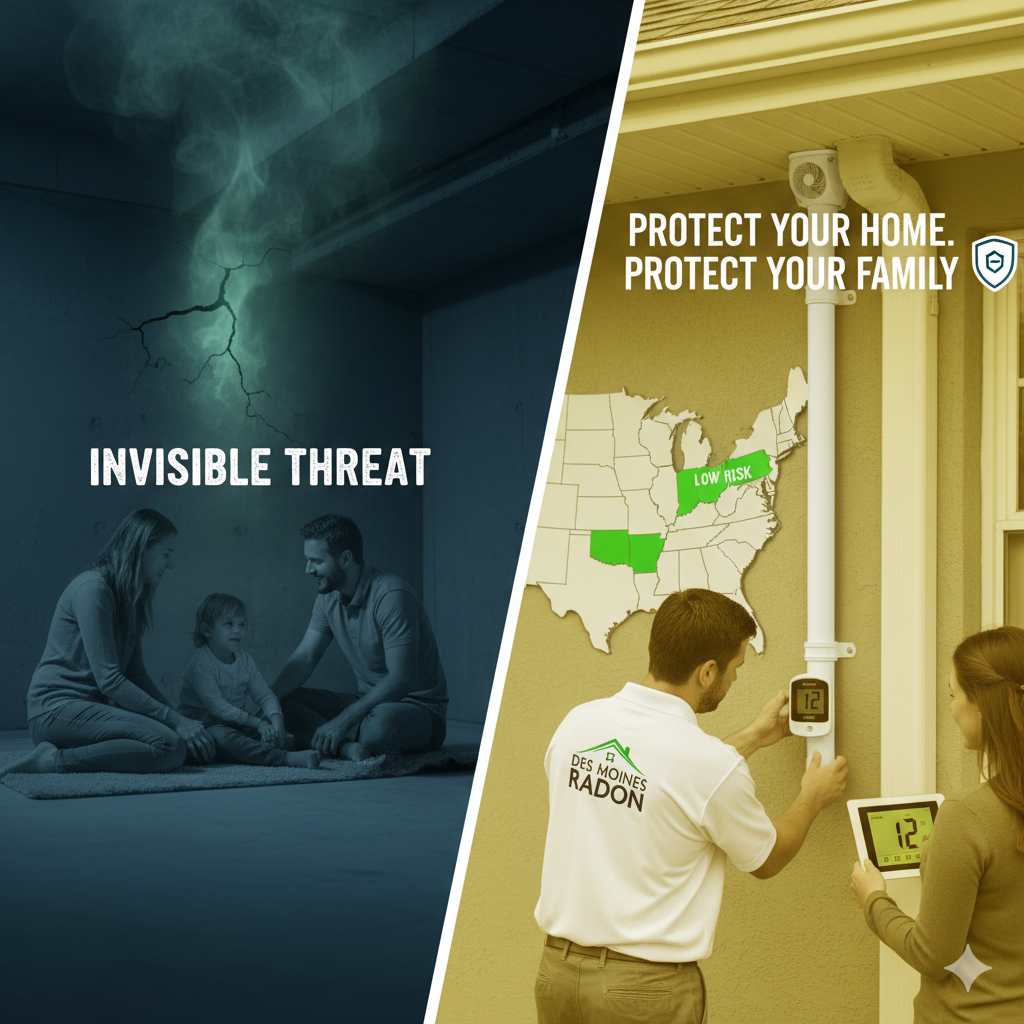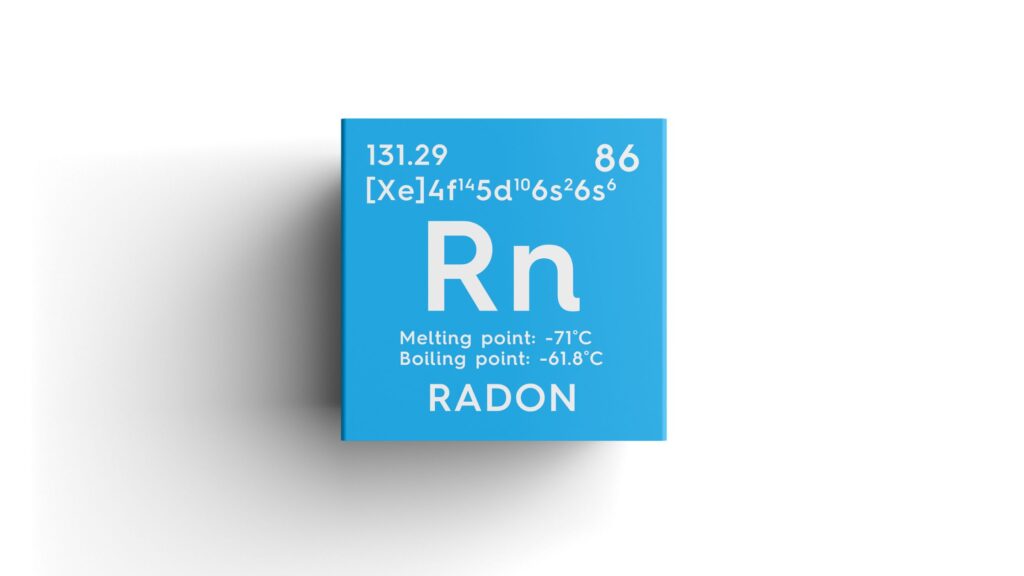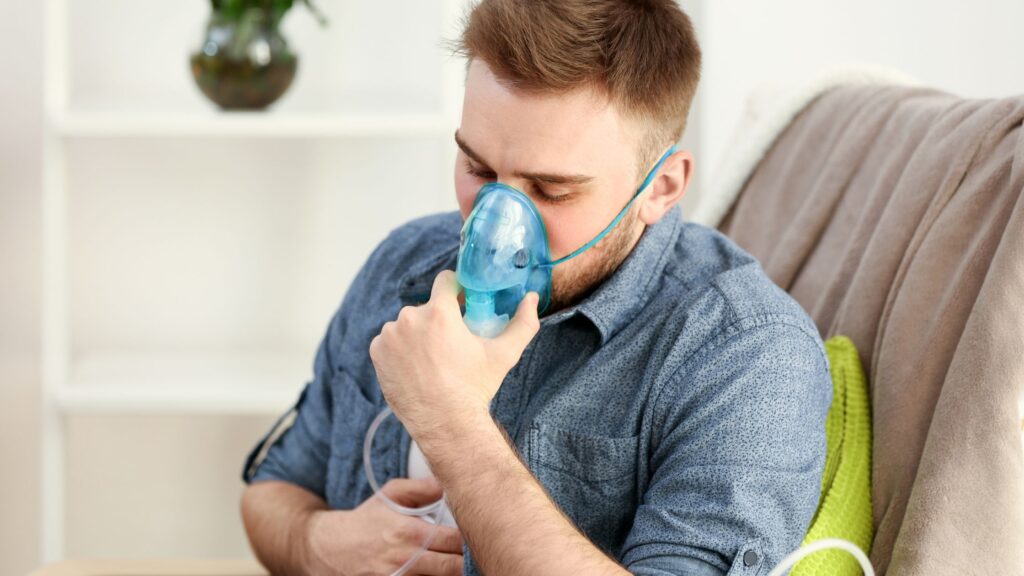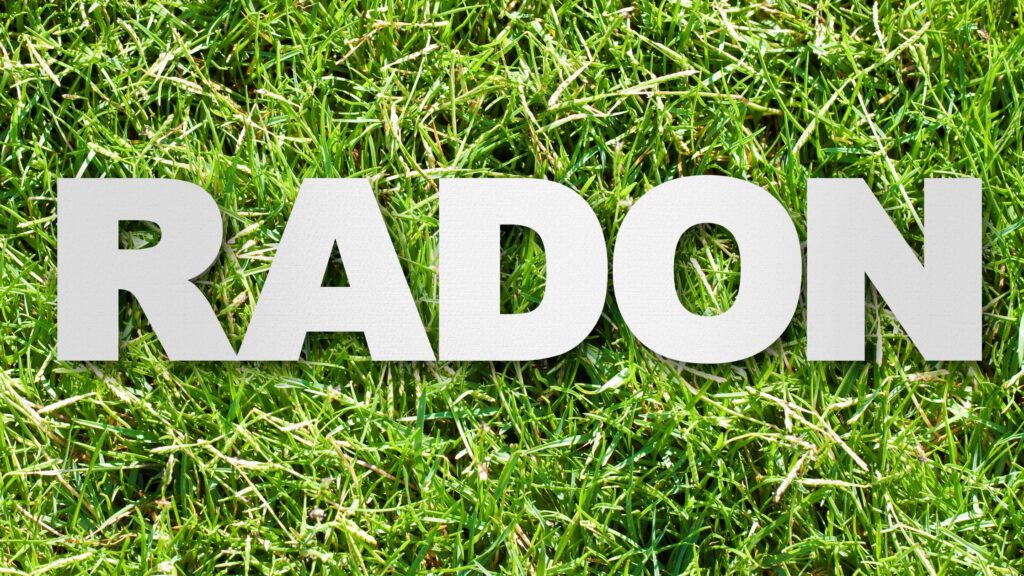Radon is an invisible, odorless gas that poses serious health risks, yet many homeowners remain unaware of its presence. Naturally occurring in soil and rock, radon enters buildings through small gaps and cracks, accumulating silently over time. It’s the second leading cause of lung cancer, according to the EPA—yet it is entirely preventable with awareness and action.
Because radon levels can vary significantly by region, checking your radon risk by zip code is a vital step in protecting your family and property. In this guide, we’ll explore what radon is, why location matters, and how to identify your home’s risk level, along with how to test and mitigate high radon concentrations.

What Is Radon and Why Is It Dangerous?
Radon is a radioactive gas formed from the natural decay of uranium found in rocks, soil, and groundwater. Although it occurs naturally, radon becomes dangerous when it accumulates indoors, especially in basements and lower levels of buildings.
Because it’s colorless, tasteless, and odorless, radon can go undetected for years. Prolonged exposure damages lung tissue, increasing the risk of lung cancer, even in nonsmokers. The Surgeon General ranks radon as the second leading cause of lung cancer in the United States. Fortunately, with the right tools and knowledge, you can detect radon and reduce its presence to safe levels.Learn more about Radon Gas.
Why Radon Levels Vary by Zip Code
A. Soil Composition and Uranium Concentration
The main factor influencing radon risk by zip code is the uranium content in the soil. Areas with higher concentrations of granite, shale, or phosphate-rich soils tend to release more radon. These geological differences explain why some regions—even within the same state—report drastically different radon readings.
B. Local Climate and Building Styles
Cold climates often lead homeowners to tightly seal their homes in winter to retain heat. Unfortunately, this traps radon inside. Additionally, homes built with basements or crawl spaces provide more entry points for radon gas than homes built on slabs.
C. Ventilation and Foundation Type
Poor ventilation systems contribute to radon accumulation. Homes with inadequate airflow or older construction often present a higher risk. Even new homes built to energy-efficient standards may unintentionally trap radon if proper mitigation isn’t installed during construction.
How to Check Radon Risk by Zip Code
Online Tools and Mapping Resources
Several organizations, including the Environmental Protection Agency (EPA) and state environmental agencies, provide radon zone maps. These tools allow you to check radon risk by zip code in just a few steps:
- Visit EPA’s Radon Map or your state’s radon information site
- Enter your ZIP code to view risk levels in your area
- Review the color-coded risk zones (typically low, moderate, or high)
- Explore local radon data from home sales or public health studies
These maps offer valuable insight, but it’s important to remember they show average risk, not specific levels in your home.
Understanding Risk Ratings
- Zone 1 (High Risk): Predicted indoor radon levels > 4.0 pCi/L
- Zone 2 (Moderate Risk): 2.0 – 4.0 pCi/L
- Zone 3 (Low Risk): < 2.0 pCi/L
Despite these generalizations, the EPA recommends that every home be tested, as individual readings can vary significantly, even between neighboring houses.

The Importance of Testing and Professional Mitigation
1. When and How to Test
Once you’ve reviewed your radon risk by zip code, the next step is testing your actual indoor air levels. Testing is easy and inexpensive if done correctly.
Testing Options:
- Short-term test kits: Left in place for 2–7 days; best for quick assessments
- Long-term test kits: Monitor radon levels over 90+ days; offer more reliable year-round data
- Professional testing: Conducted by certified technicians with specialized instruments
This should be repeated every 2 years. Also, in these cases such as after major renovations, foundation repairs, HVAC upgrades, etc.
2. Effective Radon Mitigation Options
If your home’s radon levels exceed 4.0 pCi/L, the EPA recommends immediate mitigation. Fortunately, reducing radon is highly effective with professional systems.
Common Mitigation Methods:
- Sub-slab depressurization: The most common and effective method; uses a vent pipe and fan system to draw radon from beneath the home
- Crawl space ventilation: Uses vent fans to increase airflow and lower radon concentrations
- Sealing cracks and openings: Helps reduce entry points, but is not a standalone solution
Hiring a certified radon mitigation contractor ensures proper installation, ongoing monitoring, and compliance with local safety codes.

Conclusion
Understanding radon risk by zip code is an important first step toward creating a safer, healthier home environment. While some areas are naturally at higher risk due to soil conditions and climate, no zip code is entirely exempt. The only way to be certain of your home’s safety is through regular testing and, if necessary, professional mitigation.
Protecting your family from radon exposure is both manageable and cost-effective. If you’re ready to test or need expert help, Des Moines Radon provides comprehensive radon testing and mitigation services tailored to your location and home type.
FAQs
1. Can radon levels change over time?
Yes. Radon levels can fluctuate seasonally and due to home renovations, changes in ventilation, or shifts in soil moisture.
2. Is radon only a problem in older homes?
No. Radon affects new and old homes alike. Newer energy-efficient homes can trap radon more easily due to tighter construction.
3. What’s considered a “safe” radon level?
The EPA recommends mitigating any levels at or above 4.0 pCi/L. However, even lower levels still carry some risk, and mitigation can further reduce exposure.
4. How much does radon mitigation cost?
Professional mitigation systems typically range from $800 to $2,500, depending on your home’s design and location.





